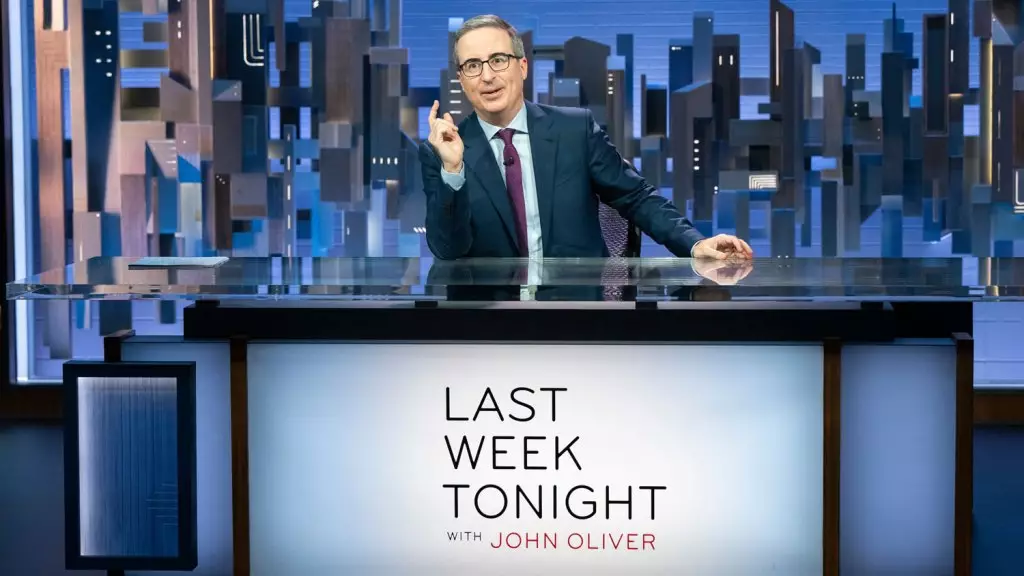HBO surprised fans of Last Week Tonight with John Oliver by releasing the entire first season on YouTube. This decision came after the premium network skipped airing a new episode on a particular Sunday, opting instead to make Season 1 available for free viewing. The announcement was made on social media, signaling a shift in how HBO engages with its audience on digital platforms.
Traditionally, Last Week Tonight episodes were uploaded to YouTube the day after they aired on HBO. However, starting with Season 11, the network decided to hold off on sharing the content online. John Oliver himself expressed his disappointment in this new approach, urging HBO to reconsider their decision. Despite the delay, the show continued to generate buzz and discussions among viewers.
The reason behind HBO’s decision to delay YouTube uploads was to drive viewers to their streaming platform, Max. By incentivizing fans to watch on Max first, the network aimed to increase engagement and subscriptions. This strategic move was met with mixed reactions, with some applauding HBO’s focus on promoting their own platform while others criticized the inconvenience for viewers who relied on YouTube for easy access.
The release of Season 1 on YouTube was a nostalgic trip for long-time fans of Last Week Tonight, revisiting memorable moments from the show’s early days. As HBO hinted at making more seasons available on the platform in the future, there is a sense of anticipation among viewers. The blending of traditional cable television with digital streaming services reflects the evolving landscape of media consumption.
HBO’s decision to release Last Week Tonight content on YouTube showcases the network’s adaptability in reaching a wider audience. While the shift in release strategy may have its drawbacks, it opens up new opportunities for engaging with viewers online. The impact of Last Week Tonight on YouTube goes beyond entertainment, demonstrating the intersection of traditional and digital media in the realm of late-night talk shows.

